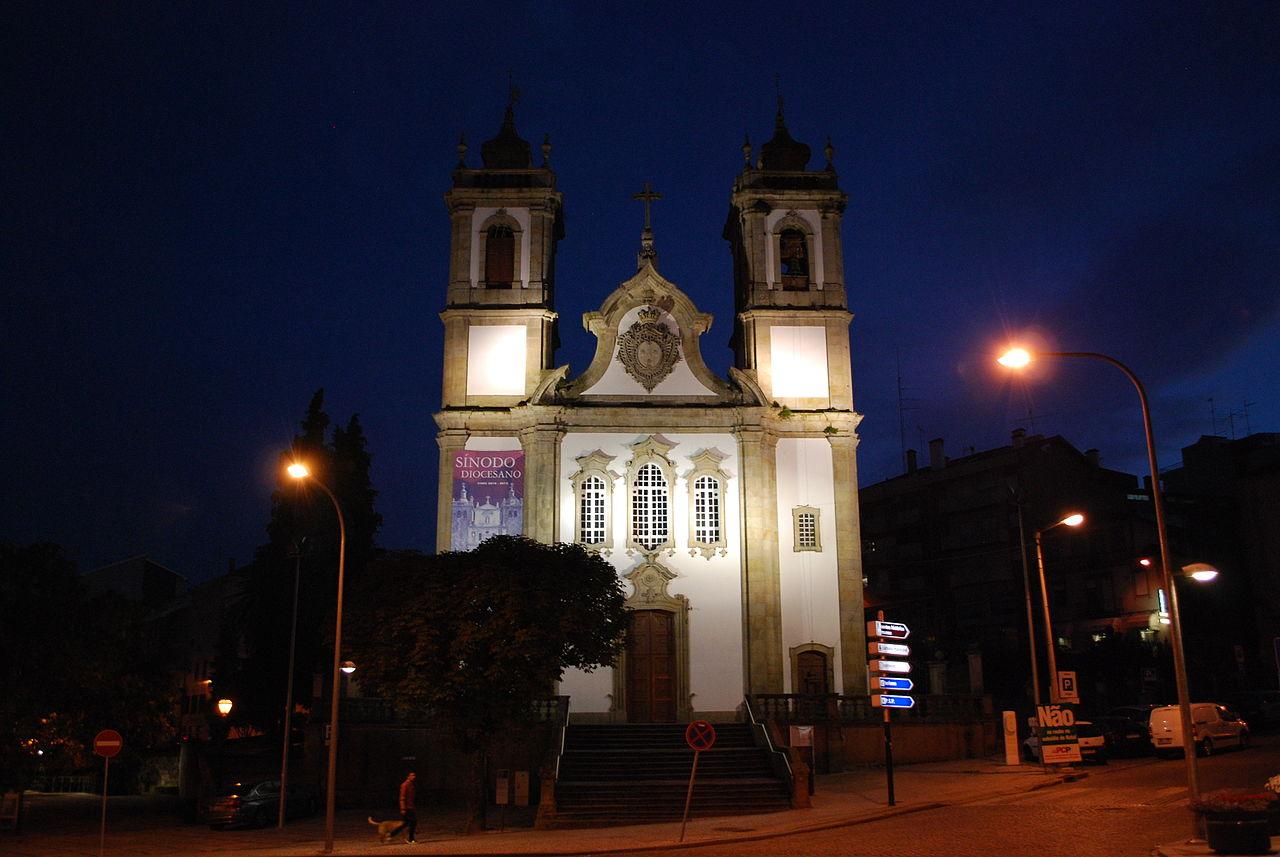Carmo Church
The Church of the Venerable Third Order of the Nossa Senhora do Monte do Carmo dates from the end of the 18th century. The Church was created as a result of a disagreement between the friars of the Franciscan Order. The unfortunate Franciscan friars abandoned the Capuchin friars and, with the support of the Discalced Carmelites, decided to create the Third Order of Mount Carmel. They proceeded to elect the Table of the Order and in 1735 the foundations of the new church were laid. The ceiling of the high choir was painted in 1862 by the painter Viseense António José Pereira.






